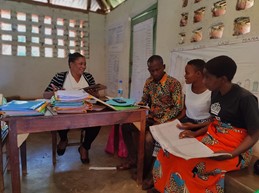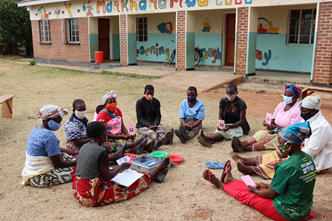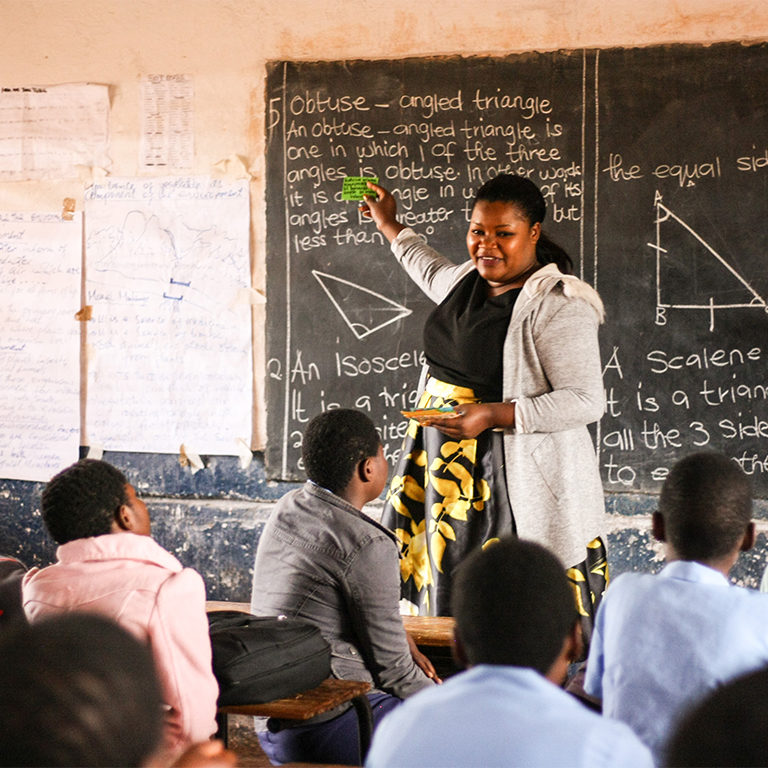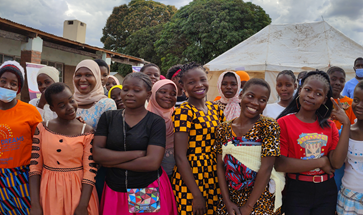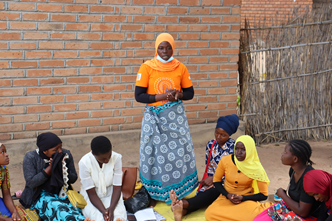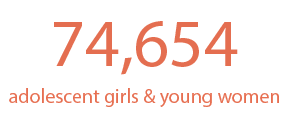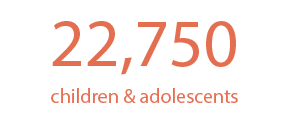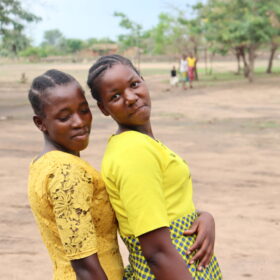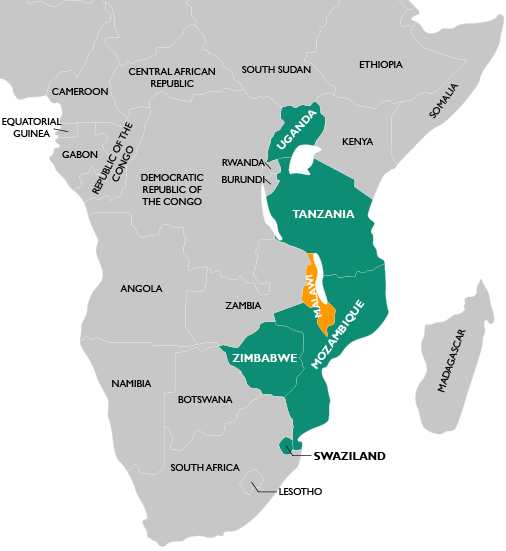
Malawi
Our programs in Malawi provide comprehensive, layered support for children, adolescents, and families through people-centered service delivery. We scale proven models to prevent new HIV infections, strengthen pediatric case findings, and improve HIV treatment outcomes for children and adolescents. We provide tailored technical assistance to the Government of Malawi aligned with country priorities to improve coordination across the sectors of social welfare, health, and education and strengthen Malawi’s existing National Case Management System.
Though Malawi is on track to achieve 95-95-95 goals, children and adolescents living with HIV lag behind adults in status awareness and viral load suppression. While HIV prevalence for children is only 0.7% compared to 8.1% for adults, children represent 15% of AIDS related deaths annually. HIV prevalence rates for girls and young women ages 15-24 are more than double that of their male counterparts (3.6% vs. 1.5%) and nearly three times higher among women ages 25-29 (13.6% vs. 4.7%).
To address these challenges, we work in close collaboration with clinical partners to scale evidence-based HIV prevention services and to extend the continuity of care for children and adolescents living with HIV using a structured community case management system.
To prevent new HIV infections, we deliver age-appropriate layered HIV prevention interventions including HIV screening/testing, family planning and contraception, PrEP, psychosocial support, economic strengthening, education support, and violence prevention and response. Our HIV prevention interventions targeting adolescent girls and young women increase self-confidence and promote goal-oriented actions, including the ability to negotiate safe sex.
To improve HIV treatment outcomes for children and adolescents living with HIV, we coordinate and deliver integrated wrap-around services while continuously monitoring progress to ensure they can access needed services across the care continuum. Trained community teams support and track children and caregivers from intake through care plan achievement.
Innovations:
To improve viral load suppression rates for children and adolescents living with HIV and strengthen service delivery for families, we developed an “OVC Viral Load Coverage and High Viral Load Management Tracker” (VL Tracker). The VL Tracker is a game changer because it enables OVC and clinical partners to jointly monitor viral load coverage, track viral load trends, document root causes for non-suppression, and record the services provided by each partner.
We developed an HIV Exposed Infant (HEI) Tracker that is used in tandem with our Early Childhood Stimulation curriculum to prevent mother-to-child transmission of HIV by promoting HIV testing and ART adherence. We work with health facility staff to conduct individualized service delivery at the household level and ensure that parents appreciate the importance of testing for HIV exposed infants. We engage clinical partners to promote family-friendly scheduling so that caregivers and HIV exposed infants can receive services at the same clinic visit.
We rolled out a closed user group (CUG) that enhances peer support and supervision networks for community case workers, their supervisors, clinical providers, and government social workers using mobile phones.
We are mainstreaming mental health and psychosocial support (MHPSS) through our DREAMS program in tertiary institutions to promote and sustain good mental health by focusing on maintaining a school-life balance , managing stress, and asking for help when needed. We are also partnering with the EdTech Center at World Education and with Adobe to use “PDF Liquid Mode” to create readable digital job aids that community case workers can access offline on their phones.

